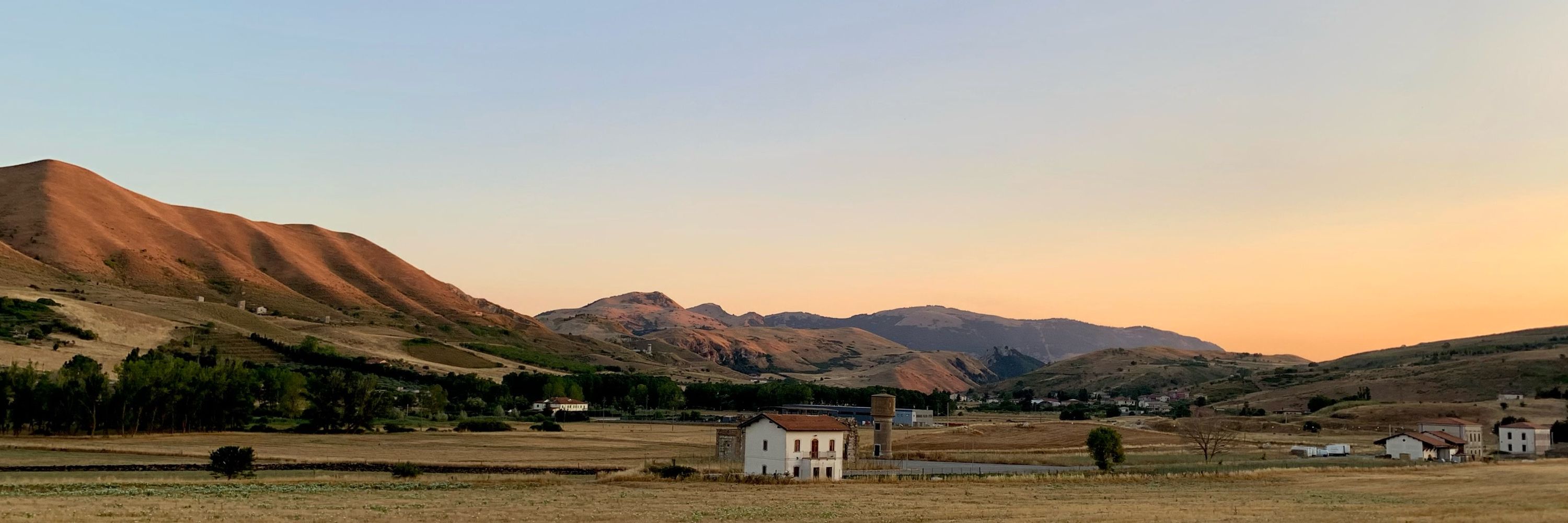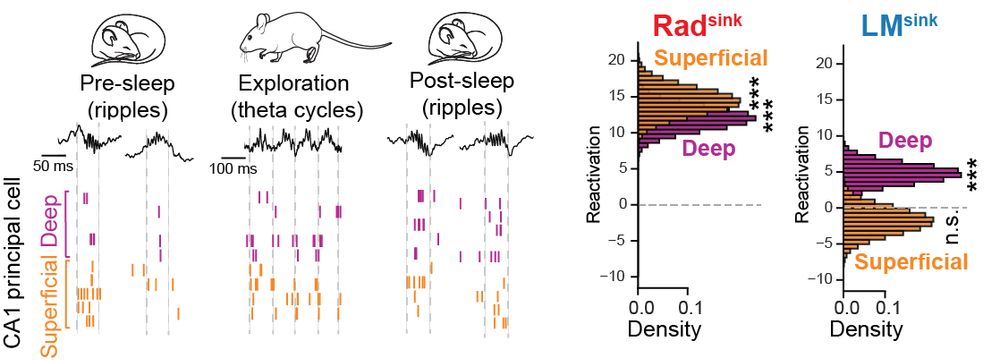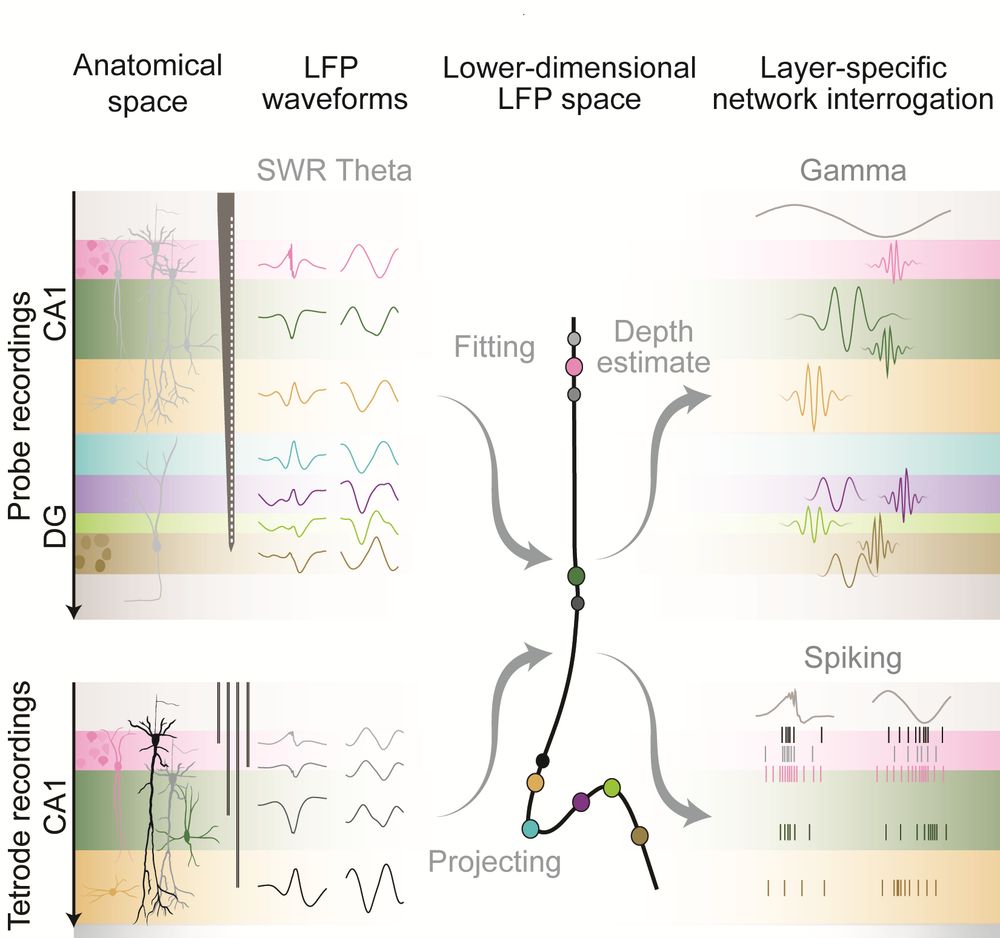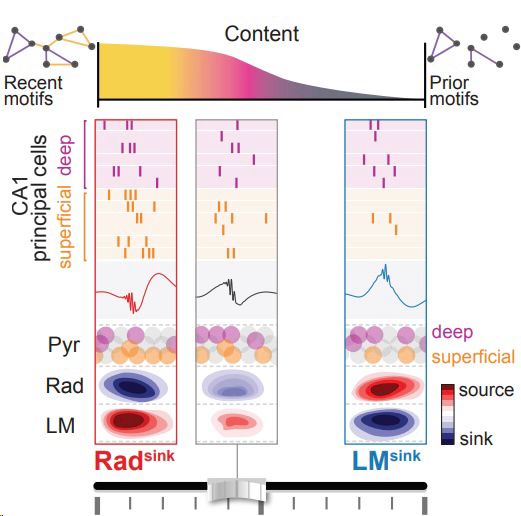@manfredic.bsky.social
71 followers
73 following
24 posts
DPhil candidate in the Dupret Lab at the MRC BNDU - University of Oxford
Posts
Media
Videos
Starter Packs
Reposted













